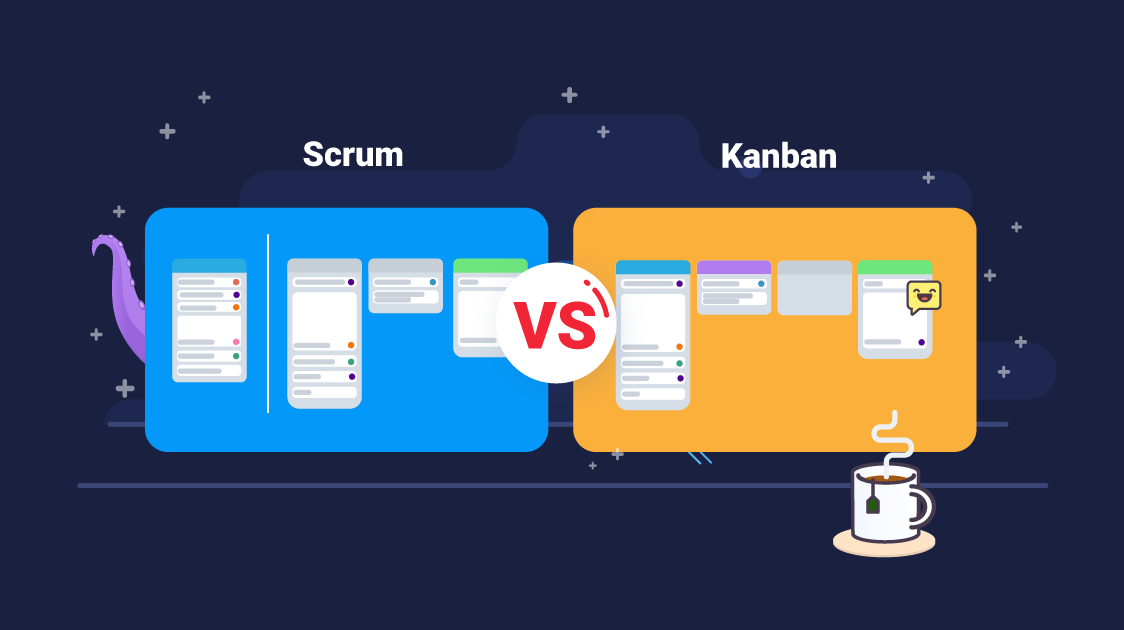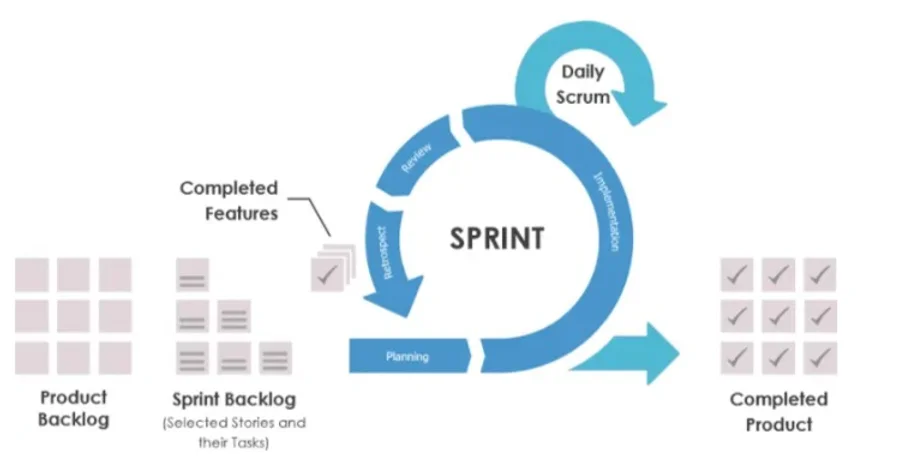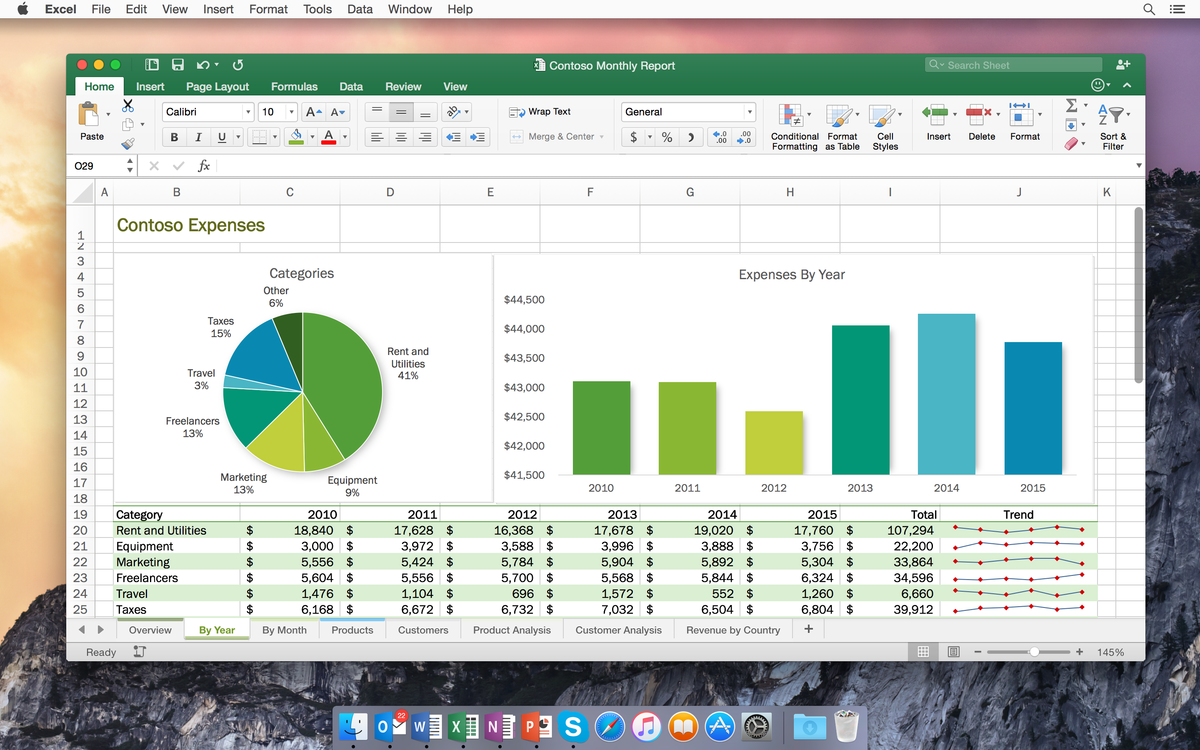Agile methodology and its principles

Agile methodology is an approach aimed at flexible workflow management of products and projects, which is often applied in small teams. This methodology is applied not only in development, but also in project management and implementation in various spheres. Thanks to it, work is carried out at the right pace, which allows you to get closer to the intended result faster. If necessary, adjustments are made to already ongoing processes in order to increase efficiency and achieve the result as soon as possible.
Within this methodology there are different frameworks that rely on iterativity and visualization. The most popular of these are SCRUM and Kanban, which are often combined with each other. In this article, we will not go into the peculiarities of frameworks, as they will be discussed separately in other materials. But we will tell you what each of them is.

Kanban & SCRUM – what are the differences?
Scrum is designed for product development in an environment where regular changes occur. It is a method that helps define roles in the team and promotes better collaboration. Kanban is the same way to optimize work processes by eliminating excessive workload and minimizing downtime of team resources. The visualization of processes in both cases takes place in the task tracker in the form of moving tasks along the created board columns, so-called project stages
The main difference between these frameworks is the duration of iterations. SCRUM implies the use of cyclic 2-3 week sprints, in kanban tasks can be added daily in an unlimited number.
Key points in Agile
The features of Agile include:
- Process visualization: All tasks become structured and organized.
- Load balancing: Team workload is easily controlled, which makes it possible to use resources more efficiently.
- Regular sprints: The use of so-called iterations for product development.
- Results-oriented: Product readiness is prioritized over current documentation;
- Deep analysis: Regular analytics and bug work even before the tasks are finalized.
- Even if the goals or circumstances on a project change, the team can respond instantly, even if it means a complete overhaul of approaches and priorities.
In Agile there is no hierarchy, used to classical management methods, for example, industrial companies or factories. In Agile there is equality, self-control and of course focus on the overall result, which makes this methodology special and modern.
Possible nuances
Although Agile methodology has many advantages, it also has some disadvantages such as:
- Variability of requirements: the Agile approach focuses on the flexibility of product development. However, since requirements can change throughout the project, this can lead to instability and loss of focus.
- Difficulty in tracking progress: The Agile approach usually has relatively short iterations, making it difficult to track overall project progress and manage resources. This requires a separate effort by the product/project manager.
Where Agile is used

It makes no sense to work on SCRUM in a team of 2-3 people where there are no other stakeholders in the product. Agile teams usually consist of 5 to 20 people and include:
- Team lead/ Product or Project manager
- Specialists, such as developers, marketers, designers and analysts
- Product owners or TOP-management
- Agile is used not only in software development but also in other areas, marketing, design, analytics and sometimes in more specific areas.
Conclusion
Both methodologies are a great solution to strengthen your team, which one to choose depends on the specifics of your tasks. But you need to realize that it’s not enough to put all the backlog on a task tracker board, it’s important to communicate the core values of Agile to your team:
People are the most valuable! Processes are secondary
Product performance is more important than documentation and regulations
Communication with the customer is more important than the terms of the contract
Readiness for change is more important than the initial plan.
We wish you good luck in effective project management and creating successful products! Do it together with MOGU!



